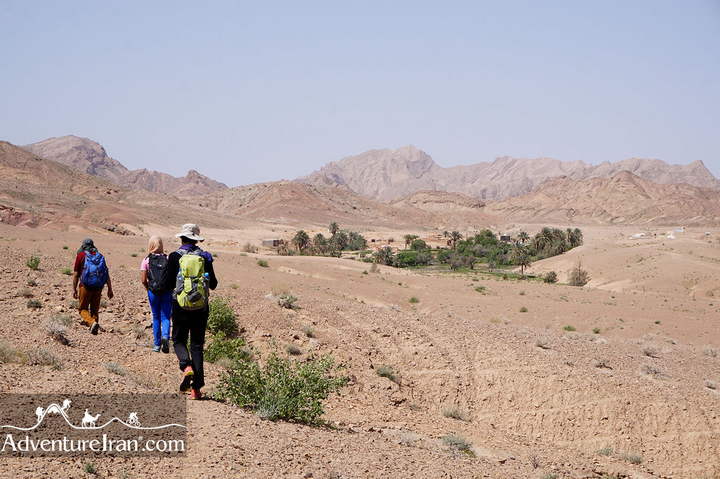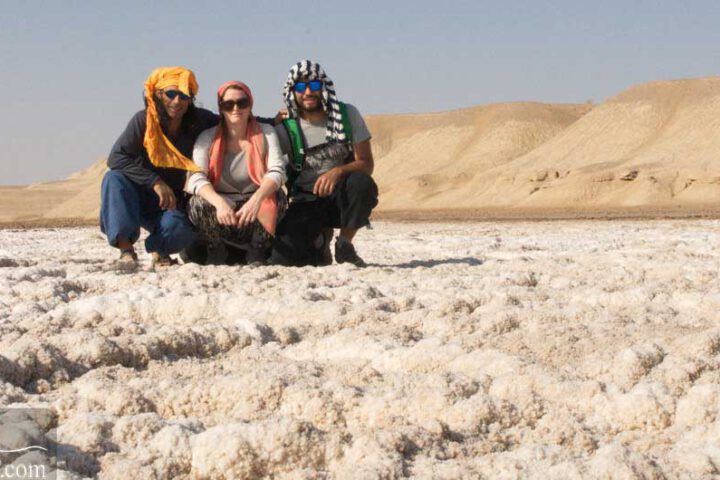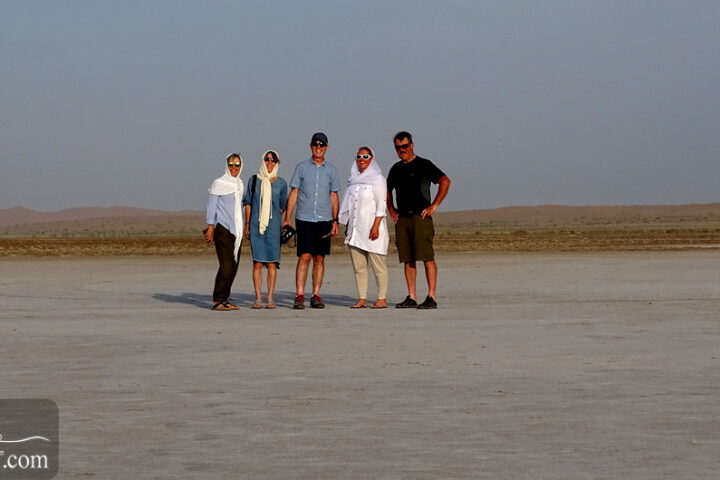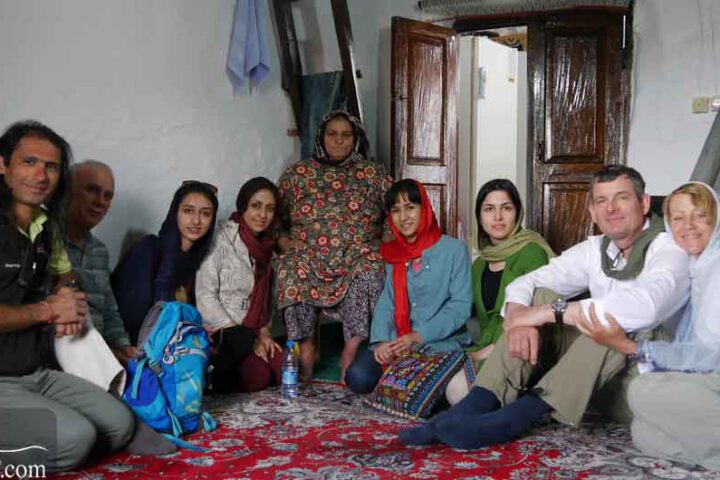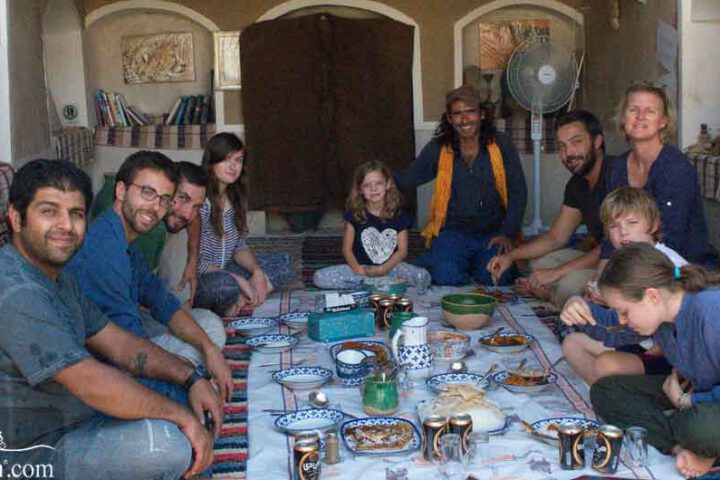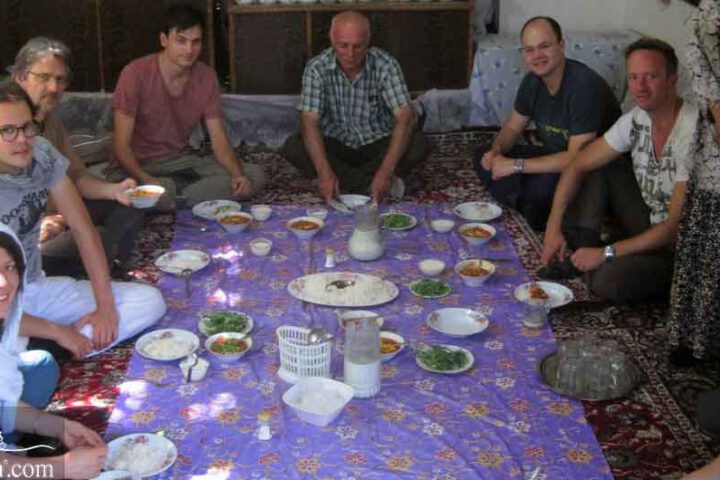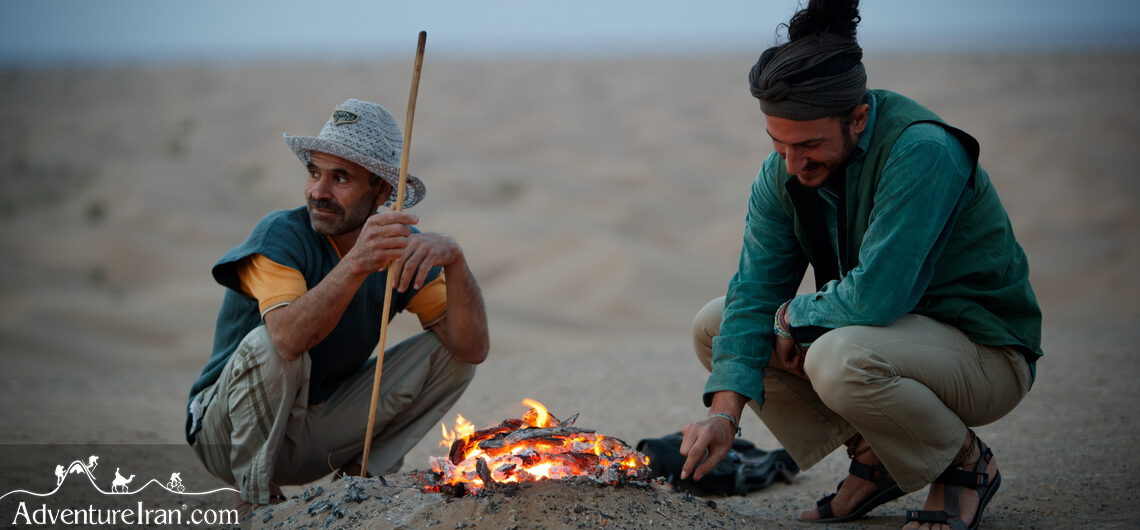
Iran Off the Beaten Track
Exploring Iran’s Hidden Gems: Off-the-Beaten-Track Destinations
Iran is a country of extraordinary diversity, offering much more than its well-known historical cities and UNESCO World Heritage sites. For adventurous travelers seeking unique experiences beyond the classic tourist routes, Iran’s off-the-beaten-track destinations provide an opportunity to explore untouched landscapes, engage with local cultures, and experience the country’s natural wonders in a more authentic way.
Kurdish Mountain Villages: A Cultural Treasure
Tucked away in the northwest, Iran’s Kurdish villages, such as Howraman and Palangan, are among the most picturesque in the country. These stepped villages, perched on steep mountain slopes, offer breathtaking views and a glimpse into the rich Kurdish heritage. Travelers can immerse themselves in the traditions of the local people, enjoy folk music performances, and participate in seasonal festivals. Trekking opportunities abound, with trails leading through lush valleys, rugged peaks, and scenic rivers.
The Mesr Desert: A Tranquil Escape
Located in central Iran, the Mesr Desert is a paradise for nature lovers and solitude seekers. The golden sand dunes stretch endlessly, offering spectacular sunrise and sunset views. Visitors can embark on camel treks, explore hidden oases, and enjoy traditional Persian hospitality at local eco-lodges. Nighttime in Mesr Desert is a dream for stargazers, with minimal light pollution providing a clear view of the Milky Way.
Nomadic Migrations: A Journey Through Time
For those interested in experiencing a centuries-old way of life, joining a nomadic migration is a once-in-a-lifetime adventure. The Bakhtiari and Qashqai tribes still practice seasonal migrations, moving with their livestock through some of Iran’s most remote landscapes. Travelers can accompany these nomads, witnessing their daily routines, learning about their traditions, and even sleeping under the stars in traditional black tents.

The Lut Desert: A Surreal Landscape
Recognized as one of the hottest places on Earth, the Lut Desert (Dasht-e Lut) is a mesmerizing expanse of otherworldly rock formations, vast sand dunes, and salt plains. The region’s Kaluts (massive wind-carved rock formations) create an unforgettable scenery, particularly at sunrise and sunset when they glow in hues of gold and red. Guided expeditions provide a safe and informative way to explore this UNESCO-listed natural wonder.
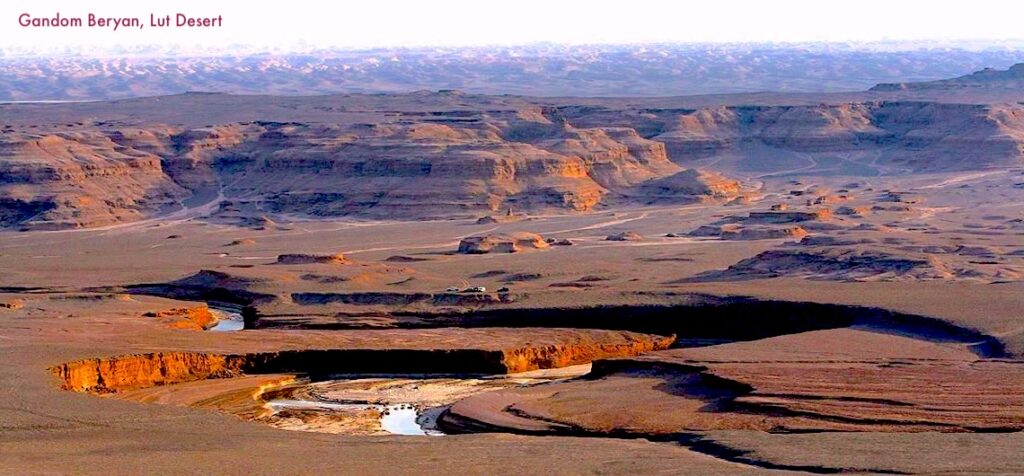
Southern Islands: Qeshm and Hormuz
While many travelers focus on Iran’s inland wonders, the Persian Gulf islands of Qeshm and Hormuz offer an entirely different side of the country. Known for their unique geological formations, vibrant local cultures, and stunning beaches, these islands are ideal for eco-tourism and cultural exploration. Qeshm’s Stars Valley and Mangrove Forests, along with Hormuz’s rainbow-colored mountains and Red Beach, make them must-visit destinations for those looking to step off the beaten track.

Sistan and Baluchistan: A Land of Untouched Beauty
Sistan and Baluchistan, one of Iran’s least-explored regions, is home to stunning natural landscapes and a distinct cultural heritage. The Martian Mountains near Chabahar create an otherworldly landscape, while the Lipar Pink Lagoon offers a rare natural spectacle. The region’s rich Baluchi culture, with its unique music, traditional dress, and nomadic lifestyle, provides an immersive experience for travelers. Chabahar, Iran’s only oceanic port, is a gateway to hidden coastal gems and pristine beaches, making it an unmissable stop for adventurers.
Turkmen Sahra: The Land of Rolling Hills and Equestrian Heritage
Located in northeastern Iran, Turkmen Sahra is a breathtaking region known for its vast green plains, rolling hills, and strong equestrian culture. The area is home to the Turkmen people, famous for their skilled horsemanship and vibrant traditions. Gonbad-e Kavus, with its towering UNESCO-listed brick tower, stands as a symbol of the region’s historical significance. Travelers can experience Turkmen hospitality, witness traditional horse racing events, and explore the lush pastures that stretch toward the Caspian Sea. Spring is the best time to visit, when the landscape is in full bloom and local festivals bring the community to life.
Practical Tips for Off-the-Beaten-Track Travel in Iran
- Best Time to Visit: Iran’s remote destinations have varying climates, so it’s best to research the ideal seasons for each region. Spring and autumn generally offer the most pleasant conditions but winter also is best travel time for visiting the south of Iran like Persian Gulf or Sistan and Baluchistan. Winter also is the season for winter activity of Ski and Ski Touring in Iran as well. Please read Iran Best Travel Time for Different Activity post in our blog to get complete information about best travel time to Iran.
- Transportation: Many of these locations require private transportation, as public transit options are limited. Adventure Iran organizes customized trips to these remote areas.
- Cultural Sensitivity: Understanding and respecting local customs is essential. Dress modestly, learn a few Persian phrases, and be open to engaging with local communities.
- Safety & Permits: Some remote regions may require travel permits, and it’s always wise to check for any travel advisories before heading out.
Exploring Iran’s off-the-beaten-track destinations is a rewarding experience for those willing to venture beyond the usual tourist spots. Whether it’s trekking through mountain villages, camping in the desert, or joining a nomadic migration, these hidden gems offer unforgettable adventures that showcase Iran’s rich cultural and natural diversity.
A few videos of ADVENTURE IRAN’s Off the Beaten Tacks trips in non-touristic destinations
If you are interested in booking any of our Iran Group Tours, please check out the link below:


